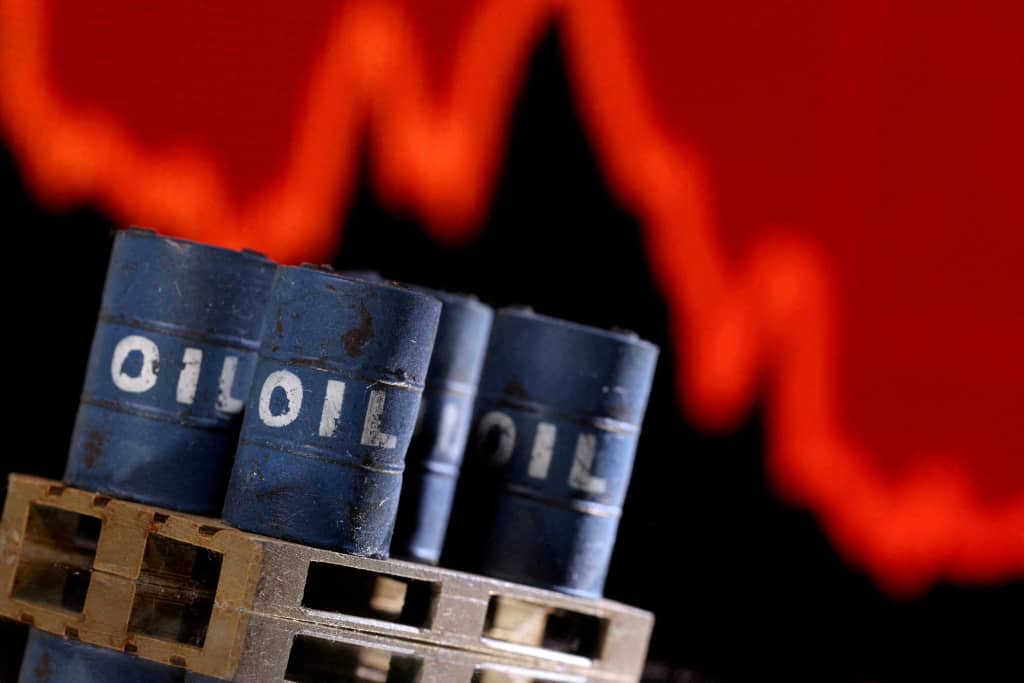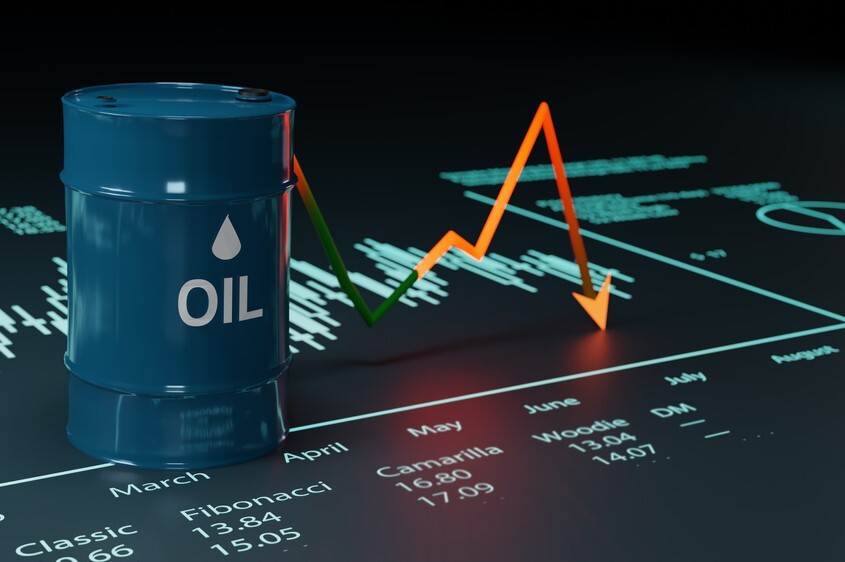Crude oil prices continued their downward slide at the start of the week, pressured by market expectations that a high-profile meeting between U.S. President Donald Trump and Russian President Vladimir Putin could lead to a deal unlocking additional oil supply.
The talks, scheduled for Friday, have injected uncertainty into the market as traders weigh the potential impact on global energy flows.
At the time of writing, Brent crude was trading at $66.00 per barrel, while West Texas Intermediate (WTI) slipped to $63.22. Both benchmarks extended the previous week’s losses, when prices fell roughly 4 percent.
The sell-off was partly driven by the perception that fresh sanctions on Russia threatened, if it failed to end the war in Ukraine would not materialise.
Analysts at ING noted that the deadline set by President Trump for Moscow to withdraw had passed without stricter punitive measures, softening fears of immediate supply disruptions.
“If we do see some level of de-escalation, it would remove sanction risk from the oil market. This would likely drive prices lower, given the bearish fundamentals.”
ING’s Warren Patterson and Ewa Manthey

However, the diplomatic pathway remains fraught. Russia has reportedly demanded that Ukraine cede control of its eastern provinces, territory Kyiv has so far refused to relinquish.
Bloomberg, citing unnamed sources, reported that any deal under discussion might involve recognising the Donbass region as Russian, with Washington lobbying Ukraine and European allies to accept such terms.
Yet, those same sources expressed doubt that Kyiv would agree, casting significant uncertainty over the outcome of the talks.
The geopolitical calculus has left oil markets straddling two scenarios: one where supply fears ease and prices drift lower, and another where a collapse in negotiations could trigger a sharp rally.
“If peace talks falter and the conflict drags on, the market could quickly pivot to a bullish stance, potentially triggering a sharp rally in oil prices.”
Sugandha Sachdeva, founder of Indian research firm SS WealthStreet
Crude Faces Uncertainty

For now, the weight of expectation is tilting bearish. Traders appear to be positioning for the possibility of a détente that would open the door for more Russian barrels to enter the market, adding to a supply picture already considered heavy.
The International Energy Agency has repeatedly flagged slowing demand growth alongside rising non-OPEC supply as fundamental headwinds for crude prices.
Beyond the Russia–Ukraine dimension, broader economic concerns are feeding into market sentiment. President Trump’s tariffs on a range of global trading partners continue to worry investors about the health of international commerce.
Analysts warn that prolonged trade tensions could sap industrial activity, crimping oil demand in major consuming regions.
Oil market volatility has been a recurring theme in recent months, as geopolitics and macroeconomic signals have pulled prices in opposite directions.

The ongoing uncertainty surrounding Middle East tensions, OPEC’s production strategy, and U.S. shale output adds layers of complexity for traders attempting to forecast the near-term trajectory of crude.
Against this backdrop, the Trump–Putin meeting has emerged as a pivotal moment. While some market participants see the prospect of a deal as a welcome step toward stability, others fear that any short-term price relief could give way to renewed volatility if the agreement falters or fails to address deeper geopolitical fractures.
For now, the consensus is that much depends on whether Washington and Moscow can bridge the gap between their proposals and Ukraine’s political red lines.
Any sign that the two leaders are moving closer to consensus could push prices down further in the days leading up to the meeting. Conversely, if rhetoric hardens or talks break down, a reversal toward higher prices could be swift.
In the meantime, traders remain cautious, mindful that both diplomacy and energy markets are prone to sudden shifts.
READ ALSO: Ghana Set to Smash All 2025 Economic Targets – IC Research Hails Strong H1 Performance























